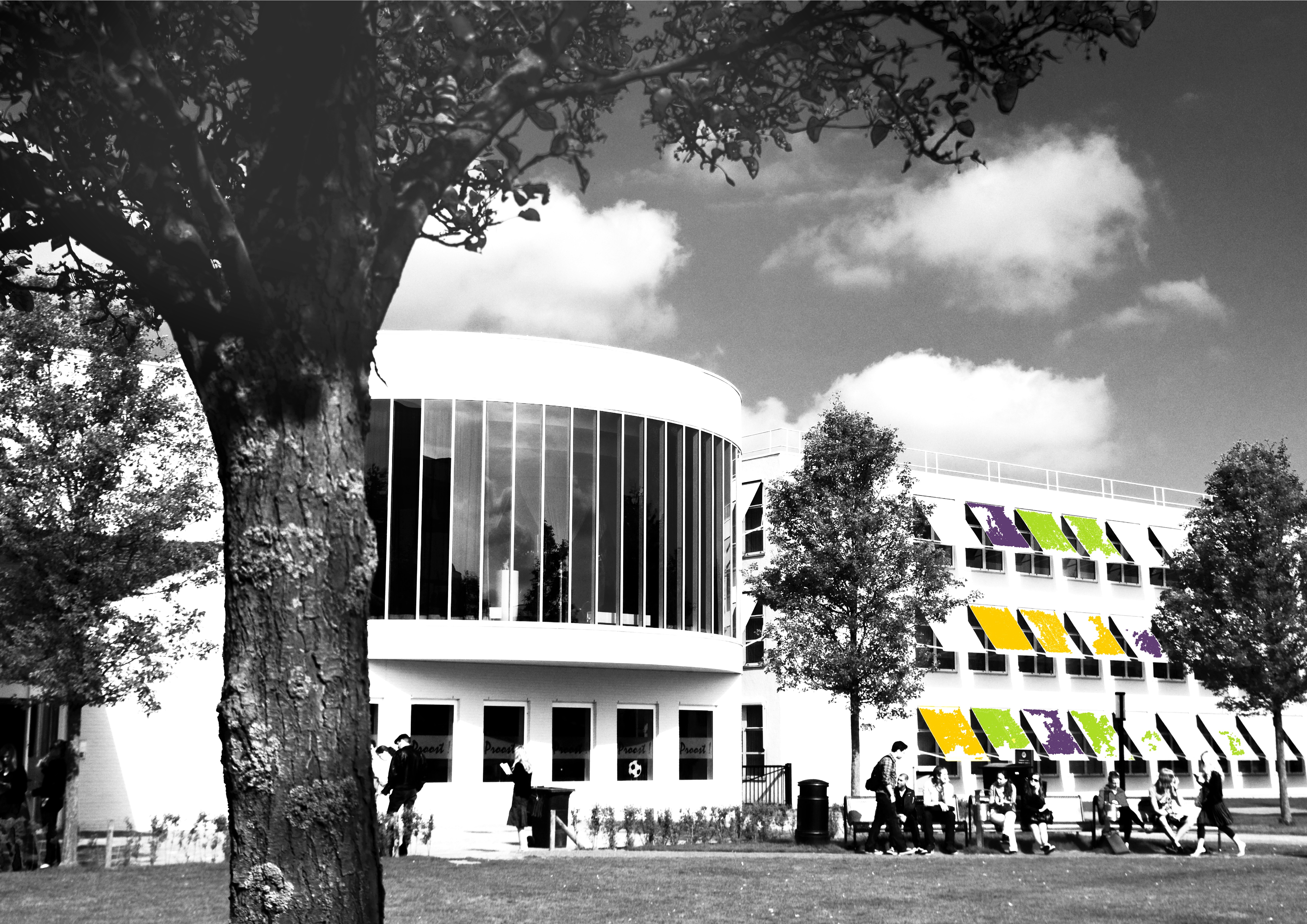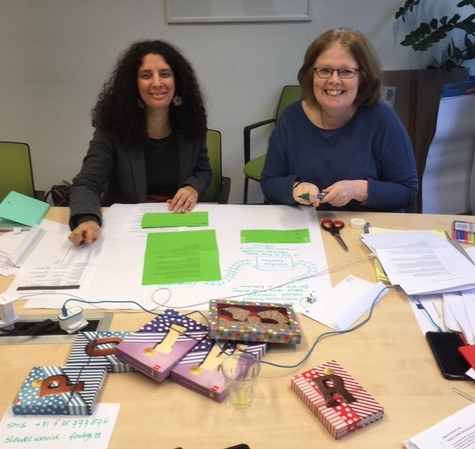December 4th 2020
The PROMISE project is about supporting educators in dealing with professional dilemma’s. In the project we offer a range of possibilities to deal with dilemma’s, but we offer a strategy and not a solution. This may sound a bit disappointing for those who were looking for solutions, but there are no universal solutions for issues that teachers encounter in their practice. Each issue always is a mixture of educational context and school setting, characteristics of pupils/students and characteristics and professional identity of the teacher.

In our teacher education institute, we encourage our student teachers to develop a critical inquiry stance which will help them to find ways to deal with professional dilemma’s. In the last year of their study, before they enter the teaching profession as a qualified teacher, student teachers are challenged to ‘dive into’ a professional dilemma. Their task is to show the process they have gone through in order to ‘grasp’ the dilemma. They have to account for each activity in the process, reflect on choices and underpin their decisions.
This task for our student teachers was the part that my institute wanted to contribute to the PROMISE-project. In order to explain this task to the project partners in PROMISE, I developed a simulation game to help the project partners understand the whereabouts of the task. The game consists of a description of a professional dilemma and several ‘sources or activities’ that might help coping with the dilemma. Examples of sources are: interview with pupils, experimentation in the classroom, read literature, ask colleagues for advice, etc. In the game, each source had a simulated content. For example, ‘interview with pupils’ consisted of six small texts representing six interviews with pupils. The game is played by two or three ‘players’. Together the players decide how they are going to work on the dilemma, by choosing sources that may help them. They need to underpin their choice for each source and they also need to evaluate the usefulness of each source for their dilemma. At the end of the game, all teams present their route of chosen sources and their experiences with that route, thus showing that a diversity of routes is possible.
The game had its première at a learning event of PROMISE in December 2019 in Tilburg. The reactions of the partners who engaged in the game were enthusiastic. It seemed to have worked; the game helped to see that making elaborated choices for using ‘sources’ is a suitable strategy to face a dilemma.

The game had served its goal, demonstrating to the partners or PROMISE what strategy we teach our students. It was only then that I realised that the game also had potential for use in our own institute. It helps to explain the what, how and why of the task that our student teachers face in their final year. It represents the process of problem-solving we want to advocate. Since this epiphany, I have successfully introduced the game to my colleagues in my own organisation. A year after the initial release, the game has been used several times with colleagues and students in our institute.
So thanks to the PROMISE-project, the attempt to explain our approach to the project partners resulted in a tool that is widely used within our own institute.
That is why I am content with the content….